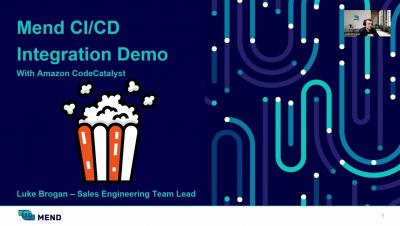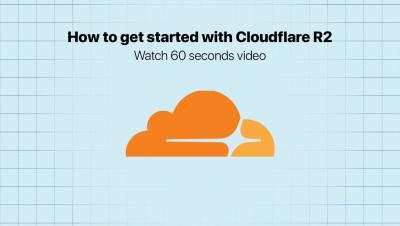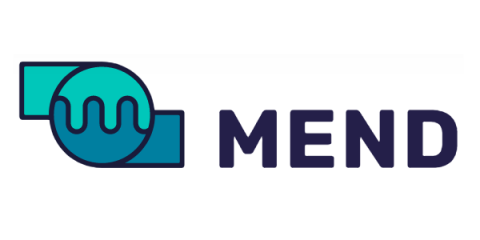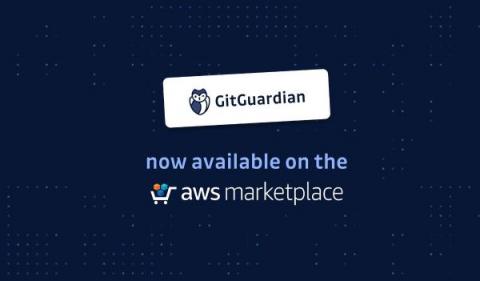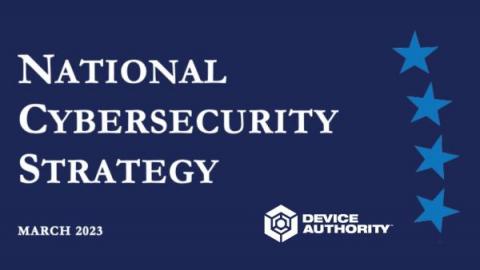Security | Threat Detection | Cyberattacks | DevSecOps | Compliance
Technology
Mend & AWS CodeCatalyst Integration
How to get started with Cloudflare R2
Android apps in the PlayStore are leaking their credentials and secrets
10 API Security Tips you must know
FINOS: The State of Open Source in Financial Services
In partnership with Mend, the Fintech Open Source Foundation (FINOS) recently published its report, “The 2022 State of Open Source in Financial Services.” The report serves up a set of fascinating insights into the pace of open source adoption in the financial services sector. From optimizing benefits to overcoming obstacles, the report provides a valuable snapshot of open source software adoption in finance. Here’s a quick look at the report’s key findings.
Get Smart(er) about the business value of API security
API attacks have dominated the cybersecurity news cycle lately. In early 2023, T-Mobile made news for an API-based breach of 37 million PII records of its past and present customers. And last year, Optus, a major telecommunications company in Australia, experienced an API security incident that exposed around 10 million customer records. And API attacks that aren't quite as ”newsworthy” happen every single day.
GitGuardian Code Security Platform Now Available on AWS Marketplace
With GitGuardian available on AWS Marketplace, we’re making it easier for all organizations using AWS to protect their software supply chain from exposed secrets and credentials.
White House Backs Automation of Device Security in Latest Cybersecurity Strategy Announcement.
The most recent White House announcement detailing the US National Cybersecurity Strategy puts forth some important priority objectives.
API Email Security Weaknesses
Overall, while API email security services can provide a valuable layer of protection against email-based threats, they are not foolproof and can have limitations and weaknesses. It is important to consider these weaknesses when selecting and configuring an API email security service.



